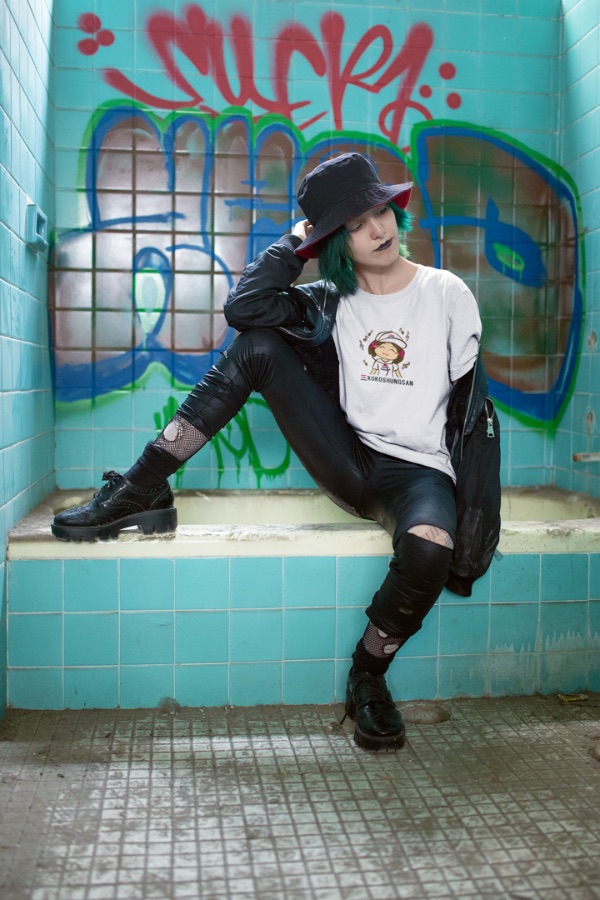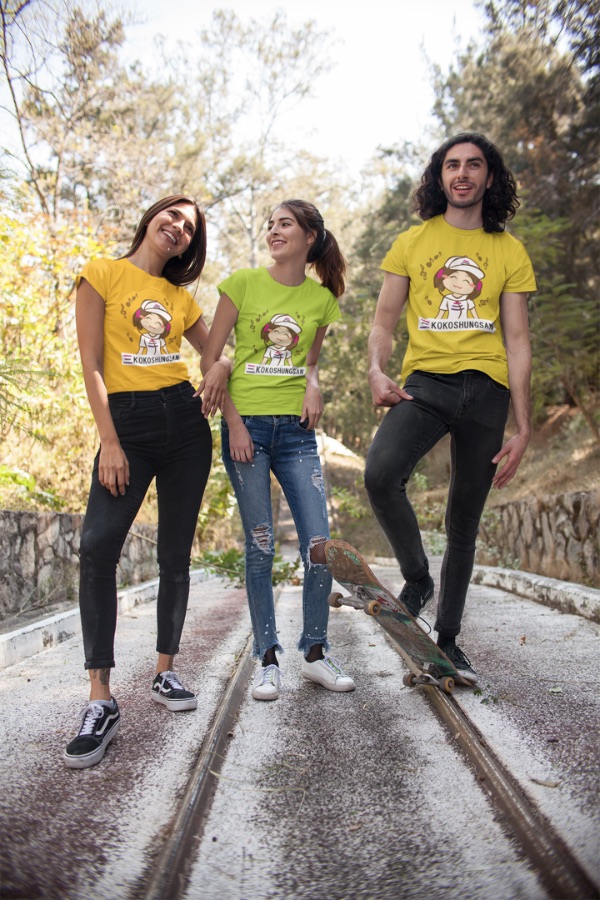“Learn How To Keep Your Baby Safe In All Situations Without Having To Be On "Parent Watch" 24/7!”
I'm going to show you the exact step by step plan I used to baby proof my house when I had my first born 6 months ago! I've slept a lot easier since knowing I've done everything humanly possible to protect him from harmful traps around the house!
About 2-1/2 million children are injured or killed by hazards in the home each year. The good news is that many of these incidents can be prevented by using simple child safety devices on the market today.
You can childproof your home for a fraction of what it would cost to have a professional do it. And safety devices are easy to find. You can buy them at hardware stores, baby equipment shops, supermarkets, drug stores, home and linen stores, and through mail order catalogues.
“Here Are FIVE Easy To Use Tips That You Can Use Right Now To Make Baby Safe!”
1. Use Safety Latches and Locks for cabinets and drawers in kitchens, bathrooms, and other areas to help prevent poisonings and other injuries. Safety latches and locks on cabinets and drawers can help prevent children from gaining access to medicines and household cleaners, as well as knives and other sharp objects.
Look for safety latches and locks that adults can easily install and use, but are sturdy enough to withstand pulls and tugs from children. Safety latches are not a guarantee of protection, but they can make it more difficult for children to reach dangerous substances.
2. Use Safety Gates to help prevent falls down stairs and to keep children away from dangerous areas. Safety gates can help keep children away from stairs or rooms that have hazards in them. Look for safety gates that children cannot dislodge easily, but that adults can open and close without difficulty. For the top of stairs, gates that screw to the wall are more secure than "pressure gates."
3. Use Door Knob Covers and Door Locks to help prevent children from entering rooms and other areas with possible dangers. Door knob covers and door locks can help keep children away from places with hazards, including swimming pools.
Be sure the door knob cover is sturdy enough not to break, but allows a door to be opened quickly by an adult in case of emergency. By restricting access to potentially hazardous rooms in the home, door knob covers could help prevent many kinds of injuries.
Typical cost of a door knob cover: $1 and door lock: $5 and up.
4. Use Anti-Scald Devices for faucets and shower heads and set your water heater temperature to 120 degrees Fahrenheit to help prevent burns from hot water. Anti-scald devices for regulating water temperature can help prevent burns.
Typical cost of an anti-scald device: $6 to $30.
5. Use Smoke Detectors on every level of your home and near bedrooms to alert you to fires. Smoke detectors are essential safety devices for protection against fire deaths and injuries.
Check smoke detectors once a month to make sure they're working. If detectors are battery-operated, change batteries at least once a year or consider using 10-year batteries.
Typical cost of a smoke detector: less than $10.
“I've Compiled Over 70 Pages Of Checklists, FAQ's, To Do And Not To Do Lists, Helpful Hints And Much Much More! ”
Here's a sample of some of the things you'll learn:
• You will learn everything you need to know about crib and mattress safety. I nearly made a fatal mistake myself by puting my boy's crib near a window!
• You will learn everything you need to know about travelling safely with your baby.
• How to make sure your child is safe even when they are with someone else. You really need to read this chapter as most accidents happen when your child is in the care of other people.
• How to make delicious easy to make home made baby food yourself. It really doesn't take a lot of time at all and I give you plenty of step by step recipes to follow!
• How to properly install baby furniture, baby safety latches and baby gates. Doing a shoddy job with these things could be deadly.
• What to look for when buying a baby monitor for your home. The most expensive brands are not always the best!
• Learn what to look out for when buying toys for your children. You really need to have your detective hat on when your buying an infant or small child toys, and this tips I show you will make that job a little bit easier.
•You will learn how to simply and easily reduce the risk of accidental poisoning by making a few simple changes around the house. I even give you a checklist on what to look out for around the house.
• And so much more!






No Comments